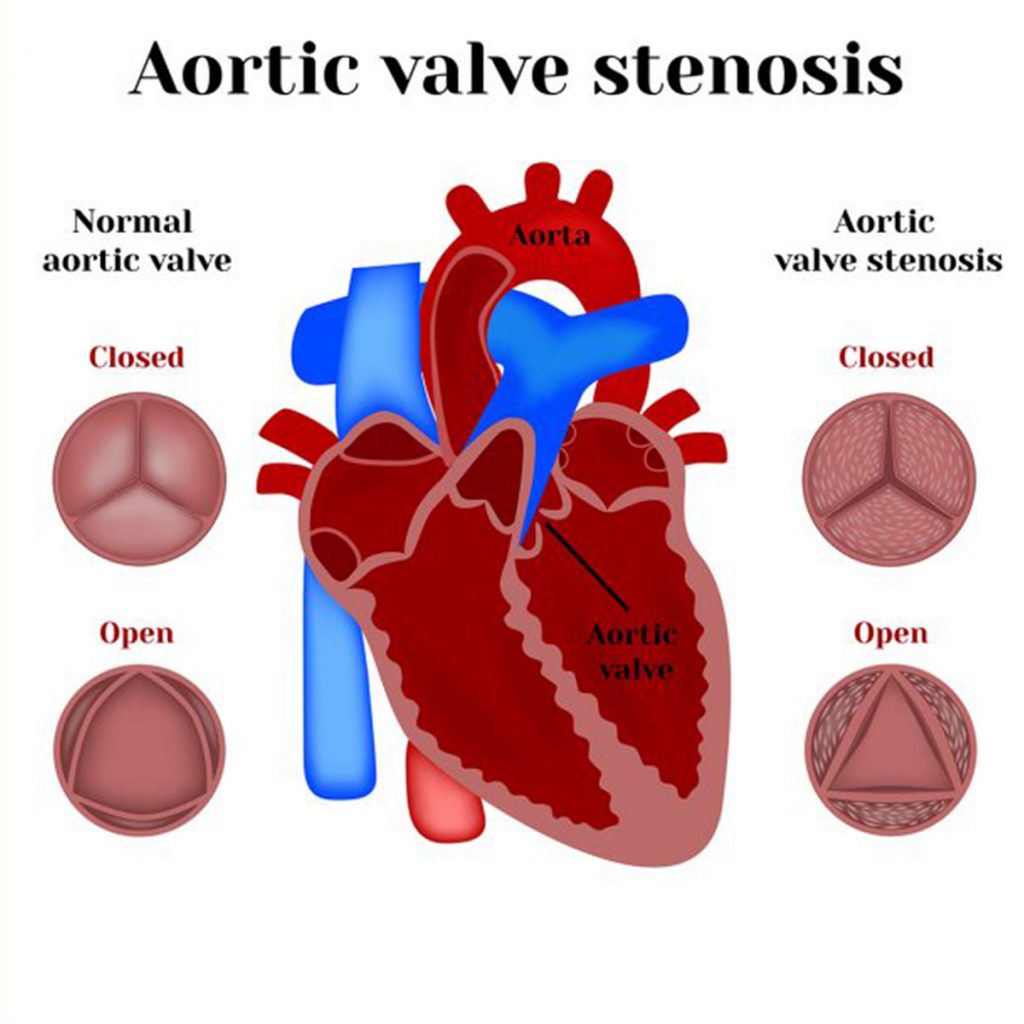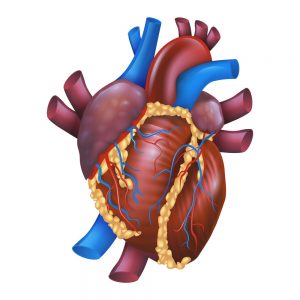Aortic stenosis is a serious medical condition in which the aortic valves, one among the four functional valves of the heart, get thickened leading to severe consequences like weakening of the heart muscles. The aftereffect of this is the restriction of blood supply by the heart to the body. This situation exerts an enormous amount of pressure on the heart to work tirelessly to pump blood into the body. If immediate attention is not given, it can lead to hazardous health conditions.
The aortic valve is encompassed by a thin layer of tissue that expands and contracts when the heart does the job of pumping blood to make the blood flow process smooth. At times, these tissues become tight resulting in the narrowing of the aortic valve opening. Due to this narrowing of the valve, extra pressure is exerted on the heart making the heart work more in pumping the blood. This can even lead to heart attacks in many patients. This disease is prevalent in India and tends to affect men more than women.

For some people, aortic stenosis may be congenital and is diagnosed at a later stage of life where the disease has progressed to the extreme level. Aortic valve is the valve that is located between the left ventricle and aorta. The valve opens with the contraction of the heart and closes when the heart relaxes, allowing in regulated blood flow thereby preventing leakage. Some of the confirmed symptoms of aortic stenosis in patients are palpitation and shortness of breath which means the patient is at risk and needs to go through medication or surgery by consulting a proper medical expert to fight this disease.

There are four primary causes of aortic stenosis influenced by many factors which are listed below.
This scenario is common in old people wherein the calcium gets sedimented on the leaflet tissue of the aortic valve due to age. This can reduce the blood flow as it becomes difficult for the valve to open and close due to the narrowing of the valve.
An aorta valve usually has three leaflets in a normal individual. But, there are some peculiar cases where individuals are born with an aortic valve having one or two leaflets. Due to this by nature defect, the aortic valve might leak leading to valve problems.
There are other cases where strep throat can lead to rheumatic disorders. This is the root cause for the development of a scar tissue within the heart. As a result of which the aortic valve faces difficulty in opening and closing which can cause valve malfunctioning.
Some major symptoms of heart attack include sweating, nausea, persistent pain in the middle area of the chest, dizziness, discomfort in the chest and shoulder area, and fainting. If you are experiencing any one of the symptoms, then it is high time to consult with the best doctor to find out the root cause of the problem. It may be due to a valve malfunctioning that can be found out after subjecting the patient to a detailed examination.
Some major symptoms of heart attack include sweating, nausea, persistent pain in the middle area of the chest, dizziness, discomfort in the chest and shoulder area, and fainting. If you are experiencing any one of the symptoms, then it is high time to consult with the best doctor to find out the root cause of the problem. It may be due to a valve malfunctioning that can be found out after subjecting the patient to a detailed examination.

RHL – Rajasthan Hospital
opp. Jaipuria Hospital, Jai Jawan Colony, Milap Nagar, Jaipur, Rajasthan 302018
Lilavati Hospital and Research Centre
A-791, A-791, Bandra Reclamation Rd, General Arunkumar Vaidya Nagar, Bandra West, Mumbai, Maharashtra 400050